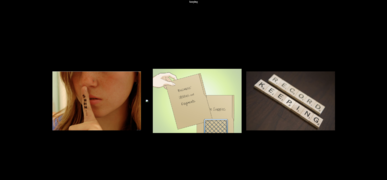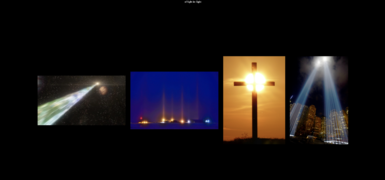What was gathered from the reservoir?: Difference between revisions
No edit summary |
|||
| Line 81: | Line 81: | ||
Image:Grwoing.png|''"Grwoing"[sic]'' | Image:Grwoing.png|''"Grwoing"[sic]'' | ||
Image:keeping.png|''"keeping"'' | Image:keeping.png|''"keeping"'' | ||
Image:Light_in_light|''"of light in:light"'' | Image:Light_in_light.png|''"of light in:light"'' | ||
</gallery> | </gallery> | ||
==Notes== | ==Notes== | ||
<references /> | <references /> | ||
Revision as of 20:47, 14 July 2020
Philip Leonard Ocampo
2020
:-}
Introduction

When I video call or text with friends or family, I can’t help but catch myself staring off into the screen at times, thinking about the interfaces that mediate our conversations. I tune out because I need a moment to process that this exchange of thoughts and words is being represented as a string of characters and symbols; that this live image is being recreated and presented to me as a complex assemblage of pixels that constantly reconstruct the movements of the person at the other end of the video call. In these moments I feel so saturated in this need to reconcile this intangible border that allows me so little but also so much of the people I care about. I am often told that I am inconsistent at digital communication, which is a criticism that I don’t disagree with: I am constantly floored by this feeling.
A similar awe resurges in me as Matt Nish-Lapidus and I endeavor to work with the cascading, seemingly endless wall of text that encompasses Lapidus’ I'm Feeling Lucky. Originating from an existing dataset of random image recognition relations, Lapidus has constructed an engine that automates .jpg assemblages upon clicking any one of the 15000+ hyperlinks present on the wiki page. A simple premise, yes, but Lapidus and I bond over the understated, poignant intricacies that this dataset presents; the overwhelming effect this quantified mass of links has on us as we see a composite of the world shown back at us. As we dive into its abyss, we search for anything we can use to make sense of our experiences with intimacy and relationality as they shift during times we’ve never known before.
We begin anew at a point subject to change
We reconsider how to use the index
A Mirror
As a collection of information, the dataset seeks to name and quantify the relationships that exist between any object or subject that can be captured by a digital image. The hyperlinks encompass nouns, verbs, adjectives; past, present and future tenses. The hands of its own original making are human, and through itemizing human interactions, the dataset grasps at understanding the same humanity that created it (to uncanny success). In its desire to synthesize these interactions as a complete archive, it behaves as if it were a mirror, though its inhumanity reflects our own humanity back to us as altered and distorted.
We gaze into the reflective surface
Puzzled looks emerge from polished metal
Doorways

I’m Feeling Lucky, a Google homepage staple, allows users the ability to bypass it’s typical search engine function to take you directly to the first result of whatever is being searched. Housed within the pages of whatyousee.ca, Lapidus’ work uses this web function as its namesake, the genesis for its own operations as a web artwork. Clicking on any of the thousands of hyperlinks available takes users to an aggregate web page, displaying an assortment of images that would appear if the phrase would be put through a search engine. There is an aspect of chance at play here, because language is never linear: Be it the dichotomy of a homonym or the interpretation of a phrase, Lapidus’ rendition of I'm Feeling Lucky accesses the unlimited scope of the net, creating thousands of entry points into its variable depth.
The entrance is seen between screens
We ourselves are nimble and ready
As Matter
In the context of a project such as view recent changes, the roles of artist and curator collapse in order to embrace the wiki as a site for communal collaboration. Under these circumstances, Matt and I have had many conversations about the poetic potential of information and ways to use code to help us reconsider how we relate to others, which is a reevaluation that we find is only becoming increasingly more vital in adapting to these unprecedented times. We’ve each combed through the data set, and have used its hyperlinks to create poetic writing that has been repeatedly edited by each of us, amalgamating to form a single collection of writing called Poems of Relation. The ever changing nature of this writing is only documented through the update history function of the wiki, but anonymous otherwise.
Tell me,
What was gathered from the reservoir?
Conclusion
In What’s in a Face? Blankness and Significance in Contemporary Art Photography, art historian Julian Stallabrass coins the idea of the “Data Sublime” when describing the ever growing technical proficiency of photography as a medium.[1] In his musings, Stallabrass speaks of the complexity of data and its capacity to incite awe, comparing the intricacy in how these bits take form as similar to the bewildering yet immense beauty of nature.[1] Matt Nish-Lapidus’ I'm Feeling Lucky consolidates something as everyday as text and code into a magnitude of synthesized information, the sum of its parts manifesting as a vast, stunning landscape in its own right. Thirteen years after the publishing of Stallabrass’ writing, we’re seen our capacity to communicate become so widespread as instant messaging and video calling has become more ubiquitous and readily available than ever before. And in this process, data is at its most personal: It’s never just been information.
Our loved ones, disembodied yet close
Ourselves, likewise translated by the screen
Written by Philip Leonard Ocampo
These are some of my favorites
-
"On Four"
-
"Sky with no clouds"
-
"was part of
-
"Show technique used
-
"Overlaying"
-
"Shaped like"
-
"Knotted"
-
"OF"
-
"Grwoing"[sic]
-
"keeping"
-
"of light in:light"
Notes
- ↑ 1.0 1.1 Stallabrass, Julian. “What's in a Face? Blankness and Significance in Contemporary Art Photography.” The MIT Press. Accessed July 8, 2020. https://www.mitpressjournals.org/doi/abs/10.1162/octo.2007.122.1.71.
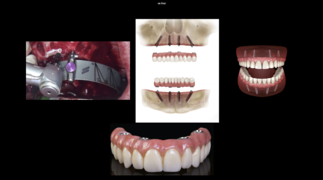
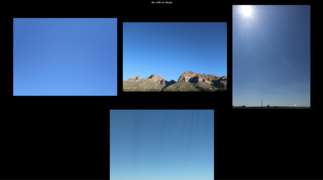
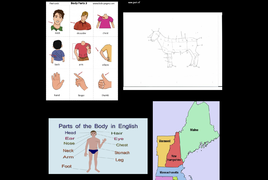
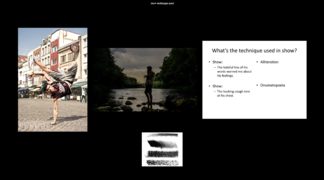
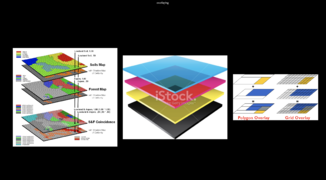
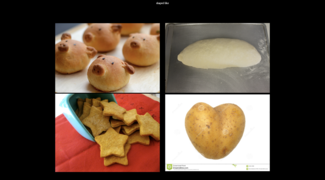
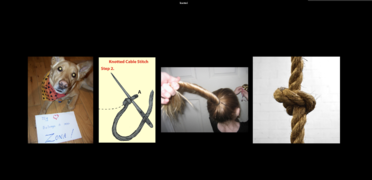
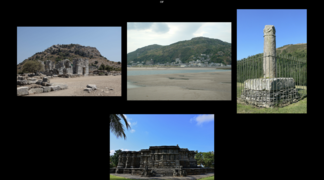
!["Grwoing"[sic]](/images/thumb/c/c5/Grwoing.png/327px-Grwoing.png)
